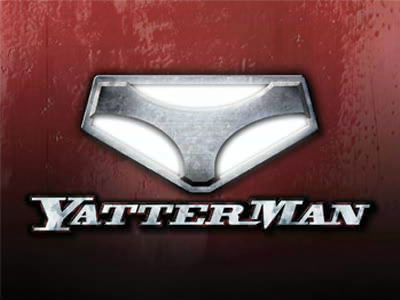An interview with Suzuki Toshihiro, chief producer of 'Shinkalion Change the World,' a film in which a bullet train transforms into a robot; the film is being revamped with the determination to 'change everything except the bullet train transformation'

The latest installment of the anime series 'Shinkalion,' in which boys and girls ride 'Shinkalion,' a transforming bullet train robot, to fight enemies, ' Shinkalion Change the World ,' began airing in April 2024. We spoke with chief producer Suzuki Toshihiro about how the series, which has a completely new setting and a new start, was made.
Shinkalion Change the World
Chief producer Suzuki Toshihiro answered our interview questions.
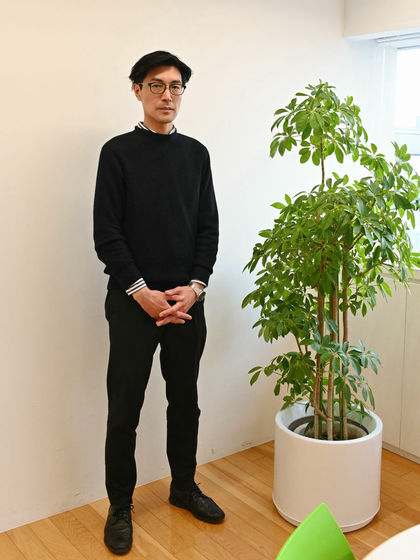
GIGAZINE (hereinafter, G):
The third installment of the 'Shinkalion' series, 'Shinkalion Change the World,' will begin airing in April 2024, two years after the end of the second series. When did the project begin?
JR East Planning, Suzuki Toshihiro (hereinafter referred to as Suzuki):
As a project, I think we probably started moving forward right after the second film, '
G:
(lol)
Suzuki:
We've been having regular meetings for a long time, and I think the topic of 'Change the World' came up at an early stage. So, we've been thinking about it since we were wondering whether 'Z' would end or not... and by 2021, we were in the process of asking ourselves, 'What should we do next?'
G:
The first film in the Shinkalion series aired from January 2018 to June 2019, and the movie version was released in December 2019, and is set on the same timeline. The second film aired from April 2021 to March 2022 and is set several years after the first film. However, the setting of this film has been completely changed. When did you decide to change the setting in the plans for the next film?
Suzuki:
That's right... I think we had that discussion at a fairly early stage. There was the question of who to target, but we had a clear idea that we were going to take on a new challenge with a Shinkalion that was different from anything we had done before.
G:
Hayato in the first film and Shin in the second were elementary school students, but Taisei in this film is a second-year junior high school student, which is due to a change in the target audience.
Hayato Hayasugi, the protagonist of the TV anime 'Shinkansen Henkei Robo Shinkalion'
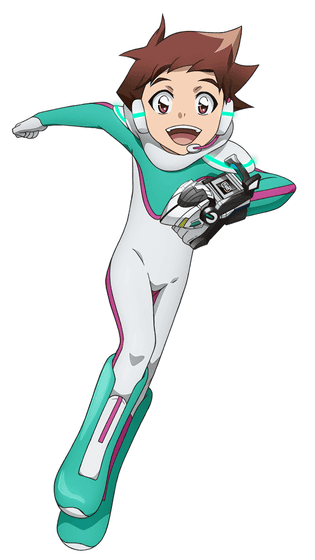
Shinta Shin, the protagonist of the TV anime 'Shinkansen Henkei Robo Shinkalion Z'
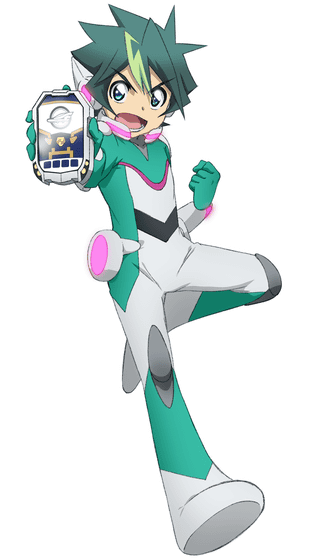
Taisei Taisei, the protagonist of the TV anime 'Shinkalion Change the World'
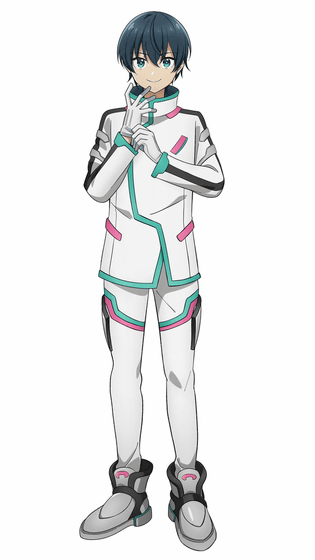
Suzuki:
Given that the format of the work 'Shinkalion' exists, I didn't intend to change everything, but I was prepared to change everything except for the part where the Shinkansen transforms.
G:
That seems tough…….
Suzuki:
Because it is a work that deals with something as real as the Shinkansen, I think that it would have been possible to continue it in a continuous manner, but I thought that various constraints would come out, including how to create the story. I thought that it would be good to have 'Shinkalion' with various approaches to begin with, but by starting from scratch, I thought that we could create something more interesting for all targets. It was quite a challenge, but I thought that I had no choice but to believe in it.
G:
In the sense that the work is reset every year, there are precedents such as Super Sentai, Kamen Rider, and PreCure, which are representative of works that broadcast new series every year, but I felt that raising the age of the main characters in this work was a big change. What was the reason for changing it to second-year junior high school students here?
Suzuki:
'Shinkalion' has been made into a total of three works, two TV series and one movie version. Until now, it has been made with children as the main target, but when we first started 'Shinkalion', we weren't originally aiming to 'make a work for children'.
G:
Really.
Suzuki:
In order to make it a title that will continue into the future, it has to be a title that can be watched by a wide range of people, not just children. This time, we are taking a bold step and trying to take that step.
G:
Because of the Plarail product line, I had the impression that it was a work aimed primarily at children, but now that I think about it, it wasn't an animated version of a toy.
Suzuki:
That's right. Of course, the product development of Plarail is an important part of the work. This time, while continuing to value that part, I think it has become a stage to expand the target audience as we aim for the next step.
G:
It feels like the work 'Shinkalion' itself has grown to the next level.
Suzuki:
yes.
G:
I think the 'Shinkalion' series has interesting character names. In particular, in this work, 'Folden Akane,' who drives the Shinkalion E6 Komachi, made me wonder, 'What is Folden?'
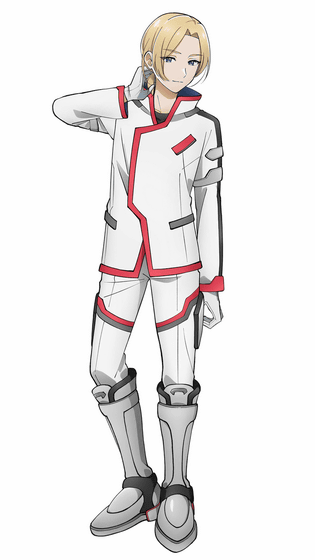
Suzuki:
You see, 'fall' means autumn and 'den' means rice field, so 'Akita' comes from that (laughs). It's really fun to think about it.
G:
Until now, the main characters have been named Hayato Hayasugi and Shinta Shin, with their surname and given name having multiple meanings, but in this work their name is Taisei, which adds to the layers of meaning. Taisei is also the name of the place where the Railway Museum is located, so I felt like there was some new intention behind this. What do you think?
Suzuki:
I think of ideas for names for each character and then try saying them out loud to see if they fit, but for the main character I'm especially thinking about whether it's a name that makes sense. The main character is difficult. Hayato Hayasugi from the first work was a perfect fit.
G:
Hayato is really catchy, it's the kind of name that makes you want to call him by his full name.
Suzuki:
There were many considerations before we arrived at the name Taisei, but in the end it was decided on instinct.
G:
I thought it was about time to include the name of the place where the Railway Museum is located.
Suzuki:
That's the kind of work Shinkalion is. The Tohoku Shinkansen has a 'Gran Class,' so we decided to call the special move 'Gran Cross' (laughs). The background to this was that we were talking about how Shinkalion should have a 'Kamehameha' like in Dragon Ball, and we were trying out different names, thinking, 'Well, what would Shinkalion have?' and then 'Gran Cross!' just popped out, and we were like, 'That's it!!' (laughs).
'Grand Cross' from the TV anime 'Shinkansen Henkei Robo Shinkalion'
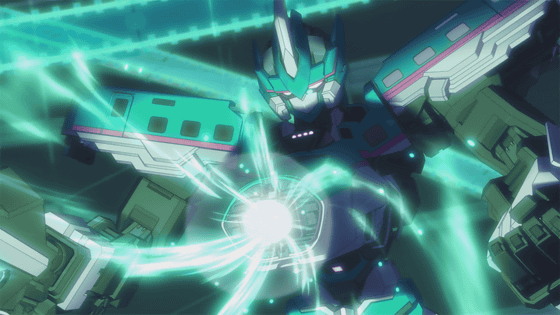
G:
Looks like a lot of fun (lol)
Suzuki:
I have the image that the best results come out when everyone is eating and drinking together and having a lively time.
G:
It's also nice that this kind of naming is applied not only to the main characters but also to the adult characters. For example, 'Takanawa Gateway' has become 'Takanawa Kadomichi'.
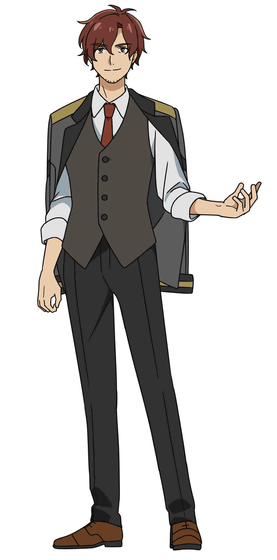
Suzuki:
As we talk about various things, the names are gradually decided. For promotional purposes, we don't say which station names or place names they are taken from, but by choosing names like that, we think that viewers will have something they want to talk about.
G:
I think the surname part is basically derived from the name of a station or place, but are there any standards for what the first name should be?
Suzuki:
I think it depends on the idea of the person who put it forward. Also, sometimes the name is chosen to match the image we want to give it, so in the end it feels like a collection of various things. We decide on one that's 'interesting.'
Ryota Kuzuryu
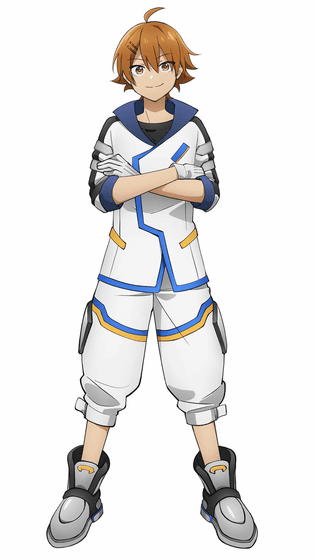
Goryokaku Shion
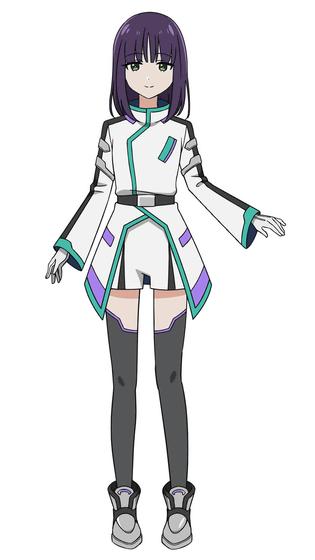
G:
So you don't choose them based on a set of criteria, but rather on inspiration. Is that why you end up with a name that sticks in your head like 'Daimonyama Tsuranuki' from your first work?
Suzuki:
Yes, I don't want to give my child a name that's 'crazy' or that might actually exist, but I want a name that's on the borderline of having a story to tell about it. I think it's because of these feelings that the connection between the family name and the first name is so strong.
G:
'Shinkalion' is a long-running series that has been running for seven years since the anime began airing. Suzuki-san has spoken in various places about how the series was born, citing two reasons: the fact that the viewer ratings for the footage of the Shinkansen train running on 'Nori Suta,' which was broadcast on TV Tokyo, were high, and the fact that he was shown an illustration of a robot that transformed into a Shinkansen by someone from Shogakukan Shueisha Productions and thought it was cool. This was before the Shinkalion project even existed, but how did you come up with the illustration of the robot in the first place?
Suzuki:
It was like, 'Just take a look.'
G:
It was a pretty light-hearted affair.
Suzuki:
It wasn't a rough sketch but something carefully drawn, and I think the people at Shogakukan Shueisha Productions thought it would be good to see it, which is why they showed it to us.
G:
Was it something similar to the statue that was exhibited at the Tokyo Toy Show 2014?
Wow, that's cool -- Shinkansen 'E5 Series' transforms into a robot! : Tokyo Toy Show 2014 - ITmedia NEWS
Suzuki:
It's exactly like that. The statue was created by brushing it up and making it more realistic. So, it was made before it became 'Shinkalion'.
G:
As it turned out, Takara Tomy was involved in the project, and as Takara Tomy is a toy manufacturer known for its products such as Plarail, it makes sense that 'Takara Tomy is being involved in the planning of a Shinkansen robot,' but it wasn't a project that was decided on from the beginning.
Suzuki:
That's right. When Takara Tomy joined us in creating 'Shinkalion', the shape of a simple Shinkansen transforming robot was different from when it was created. 'Shinkansen' is amazing, and just the word 'Shinkansen' has the power to stir up imagination. The project took shape because they sympathized with that strength.
G:
The strength of the 'Shinkansen' (lol)
Suzuki:
Even if the proposal contains just one line saying, 'This is a story about a bullet train transforming into a robot,' you can somehow dream of it and think, 'I see, that sounds cool.' I think that's what's great about it.
G:
CGWORLD published an interview with CG director Keita Hattori, and I read that the design of the Shinkalion robot was decided after designers from Shogakukan Music & Digital Entertainment (SMDE) and Takara Tomy came up with various ideas and had children actually look at them. In the interview, Hattori said, 'It was difficult because we had to protect the brand image of the Shinkansen,' so I think there was a line that had to be protected even when the Shinkansen transformed. What was it?
No.05 (Part 1) Shogakukan Music & Digital Entertainment | Where can I create a character?
https://cgworld.jp/regular/201803-c-smde.html
Suzuki:
In terms of Shinkalion's design, the lead car is always located at the chest.
G:
Ah, I see.
Suzuki:
We tried to change it once along the way, but we realized that if we did, the image of 'a robot that transforms into a bullet train' would be lost. It's not exactly a robot, but it would lose a lot of its individuality, so I think having the front part on the chest is the icon of Shinkalion. This was also something that we settled on after a lot of trial and error, and everyone recognizes bullet trains by their 'face' (the front car). Just like how the 'face' of a car is important when viewed from the front, we thought that the front part had to be recognizable. If it was incorporated into other parts, it would become difficult to understand.
G:
Indeed, the first part is a 'face'.
Suzuki:
Although the E5, E6, and E7 series have different colors, the design policy, or Shinkalion icon, of placing the front car at the chest position is a strong way to differentiate them, and this is something that has not been changed. Rather, as long as this is done properly and the 'face' of the Shinkansen is visible, even if it is combined with various other trains, it will be recognizable as 'definitely a Shinkalion.'
Shinkalion E5 Hayabusa
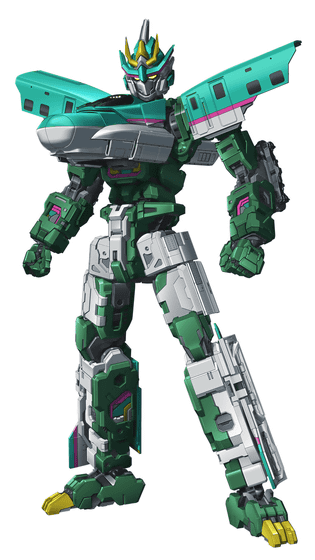
Shinkalion E6 Komachi
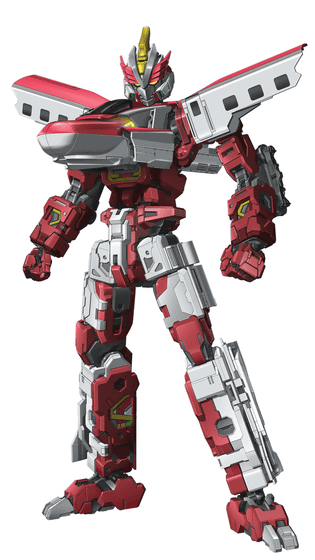
Shinkalion E7 Kagayaki
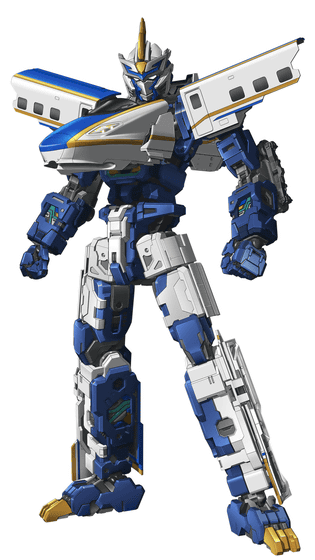
G:
I also saw the statue exhibited at the Tokyo Toy Show 2014, and I realized that even then it had a proper Shinkansen-like silhouette.
Suzuki:
The idea of keeping the leading edge clearly intact was solidified when it became Shinkalion, so it feels like we became even more conscious of it after that.
G:
Apart from placing the front part on the robot's chest, was there anything else JR felt was unwilling to compromise on?
Suzuki:
There is nothing particularly 'JR-like' about it. However, we are particular about the design of the face, the so-called 'mask' part. If we put the top part on the chest, then what will the robot's face be like? We have been discussing various things, such as what kind of eyes should be, whether there is a mouth or not, and what the area around the face should be like.
G:
When 'Project E5' was exhibited at the 2014 Tokyo Toy Show, it was said that 'up until now, permission had never been granted for a project that involved transforming trains, so this was the first time.' Does this mean that while there are many different types of train toys, transforming trains was a no-go?
Suzuki:
For the JR companies, it was very difficult to make the Shinkansen into something other than its current form. When we started 'Shinkalion,' we spent a lot of time talking to each of them and they all seemed to understand. That's how important the Shinkansen is to the JR companies.
G:
I see... When you think about it that way, it's pretty incredible that a plan for a transforming vehicle was approved.
Suzuki:
'By transforming the Shinkansen into a robot, we can create something that many people can enjoy, and it will definitely bring back memories for the JR companies,' he said. 'It's never a negative thing to be able to create something cool based on the Shinkansen.'
G:
Has the reaction of the JR companies changed since the anime was actually broadcast?
Suzuki:
When we started 'Shinkalion,' we were given a certain amount of freedom, and because our company is an advertising agency within the JR Group, they understood that we were making the work with an understanding of 'what can and can't be done using the Shinkansen as a theme,' so I don't think there was any particular change in reaction before or after the anime started, but I think it was a big change that they started to see 'Shinkalion' as their own.
G:
As you are creating your work, do you ever get any suggestions from the various JR companies like, 'We have this type of train, what do you think?'
Suzuki:
Yes, it's not just about vehicles, but we've also been asked, 'Can you make something like this?' Of course, there's also the flow of the story, so it's not always the case, but for example, the railway crane truck that appeared in episode 38 of the second work, 'Shinkalion Z,' was one of the vehicles we were suggested to make.
From episode 38 of the TV anime 'Shinkansen Henkei Robo Shinkalion Z'
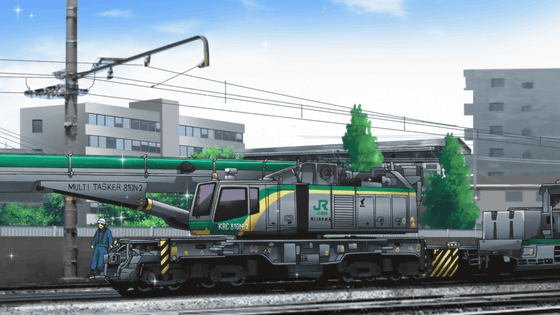
G:
oh!
Suzuki:
The first episode of the first Shinkalion series begins with a scene of track maintenance, which was a statement from the production side that they would 'take a serious look at railways.' This stance has continued ever since.
G:
You said that you wanted to make 'Shinkalion' a work that would be loved by people of all genders and ages, but are there any elements that you incorporated into this work to make it appealing to all targets?
Suzuki:
Well... first of all, I think it's the change in character design and proportions. If this part changes, I think the fans who follow the character will also change.
G:
Would reactions be different if the event were real?
Suzuki:
It's still before the broadcast (at the time of this interview) and there haven't been many events, so it's hard to say, but when I looked at the people who came to the new Hokuriku Shinkansen opening event in Fukui, I saw that it wasn't just families, but people of a wide range of ages, and their reactions when they saw the characters were different from before, so I feel that things may change as the broadcast progresses. Of course, I think there will be various different approaches to advertising, so there will probably be people who get involved from that.
G:
Have you made any changes to your advertising?
Suzuki:
As the target audience has expanded, it feels like everything we express, including the logo of the work, has changed.
G:
Everything will change, from the way information is presented to the rest.
Suzuki:
That's right. I think the people who respond to advertising and take action will also change.
G:
Since we're talking about the logo now, I'd like to ask a question. When I access the official website, the logo that appears before the key visual has the word 'Shinkansen Henkei Robo' written in a much smaller size. The page title of the official website has also been abbreviated to not include 'Shinkansen Henkei Robo.' Is this one of the changes?
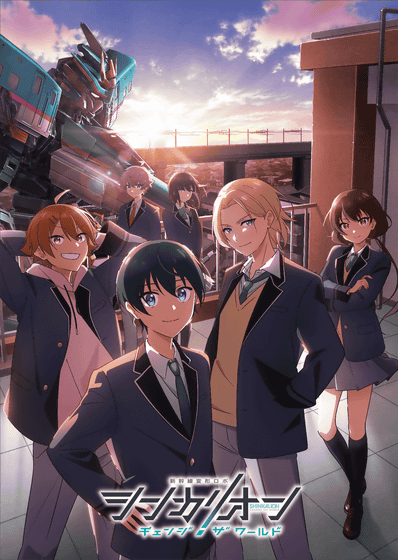
Suzuki:
That's right. I thought people knew that 'Shinkansen Henkei Robo' was the same as 'Shinkalion,' so I changed it. It's in the logo, but the official title of the work is 'Shinkalion Change the World' without the 'Shinkansen Henkei Robo' part, and when you read it, you just read the 'Shinkalion Change the World' part.
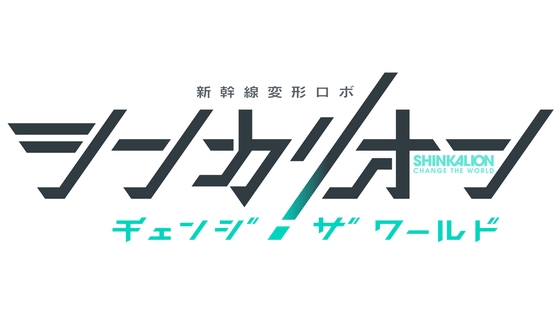
G:
I thought that this would work because it's a long-running series.
Suzuki:
Since it comes after 'Change the World,' I also felt it wouldn't be good to make it too long.
G:
And when talking about 'Shinkalion,' one thing that needs to be mentioned is that there is a lot of collaboration within the series.
Suzuki:
I guess that's something everyone is curious about (laughs).
G:
It's a work that features Hatsune Miku, Eva, and Maetel, so I wonder what will happen. Are there any collaborations that you can reveal at this point?
Since her first appearance in episode 15 of the TV anime 'Shinkansen Henkei Robo Shinkalion,' 'Honten Miku' has worked as a Shinkalion driver belonging to the Hokkaido branch, and also appeared in the movie 'Shinkansen Henkei Robo Shinkalion: The Lightning-Fast ALFA-X That Came From the Future.'
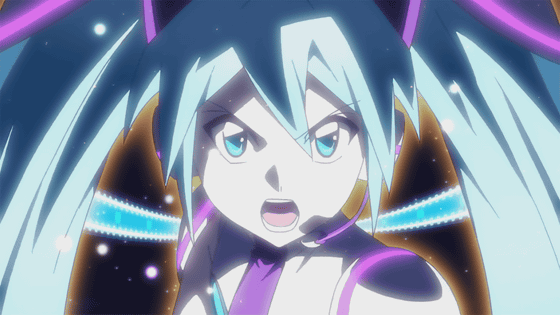
In collaboration with the 'Evangelion' series, characters including 'Shinji Ikari' appear in two TV anime series and the movie version.
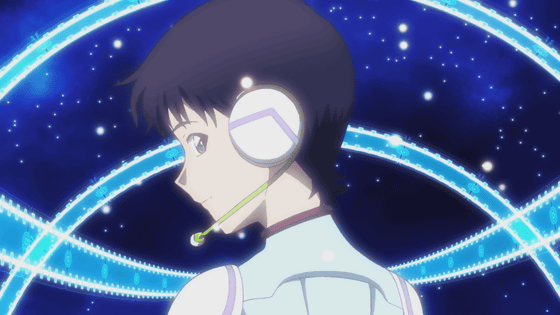
In addition, since there is a real Shinkansen train called the '500 TYPE EVA' that is wrapped in colors based on the Evangelion Unit-01 motif, the 'Shinkalion 500 TYPE EVA' was also introduced.
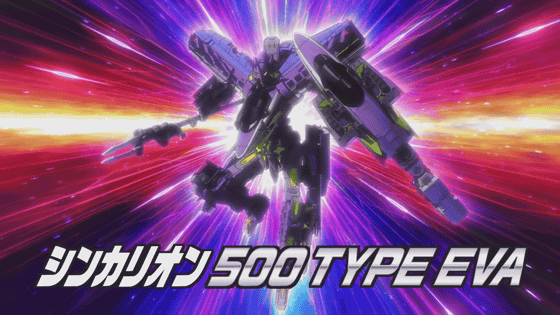
'Tsukino Maetel' appeared in the TV anime 'Shinkansen Henkei Robo Shinkalion Z'.
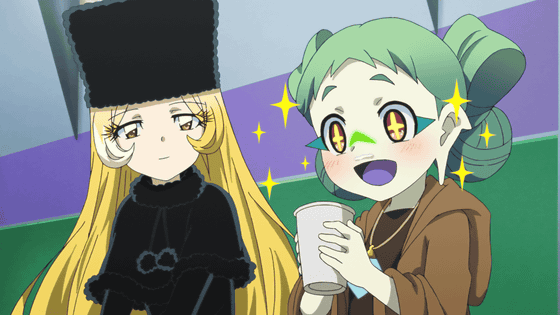
Not only did he appear in his well-known black coat and hat, but he also showed his skills as a driver.
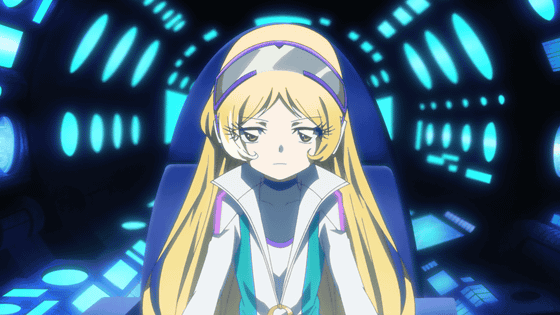
Suzuki:
To answer that question, up until now, collaborations have been a part of 'Shinkalion,' but this time we are not actively considering it. Although there may be some tie-ups.
G:
I see, so that's another way the work has changed...
Suzuki:
You could also say that we don't have the luxury of collaborating. As we work on drawing out the story, the story is getting deeper than ever before.
G:
This work will depict a completely new 'Shinkalion' in detail. We're running out of time, so thank you for sharing your stories.
Suzuki:
thank you very much.
The anime 'Shinkalion Change the World' is broadcast every Sunday morning from 8:30 on the TV Tokyo network, as well as on BS TV Tokyo, Akita Broadcasting, Nara TV, Fukushima TV, TV Wakayama, Sendai Broadcasting, and Fukui TV. It is also available on multiple streaming sites.
TV anime 'Shinkalion Change the World' main PV② - YouTube
If you start now, you can still catch up to the latest episode.
'Shinkalion Change the World' Episode 1 'CHANGE THE WORLD' - YouTube
'Shinkalion Change the World' Episode 2 'Driver Taisei Taisei' - YouTube
◆ Information about 'Shinkalion Change the World'
Director: Kenichiro Komaya
Series Composition: Eiji Umehara
Sub-series composition: Daisuke Ishibashi
Character design: Shiori Asaka, Niina Morita
Mechanical design: Akira Kirishiki
Sound Director: Masafumi Mima
Music: Yugo Kanno
Animation Production: Signal MD/Production IG
CG animation production: SMDE
Produced by: Shogakukan Shueisha Productions
Copyright: ©プロジェクト シンカリオン・JR-HECWK/ERDA・TX
Taisei: Ishibashi Yoa
Folden Akane: Kensho Ono
Ryota Kuzuryu: Shinba Tsuchiya
Venus: Shell-gathering flower
Ome Mai: Kaede Hondo
Takanawa Kadomi: Chikahiro Kobayashi
Taisei Ina: Eri Kitamura
©プロジェクト シンカリオン・JR-HECWK/超進化研究所・TBS
©プロジェクト シンカリオン・JR-HECWK/超進化研究所・The Movie 2019
©プロジェクト シンカリオン・JR-HECWK/超進化研究所Z・TX
©カラー
©松本零士/零時社・東映アニメーション
Related Posts:



